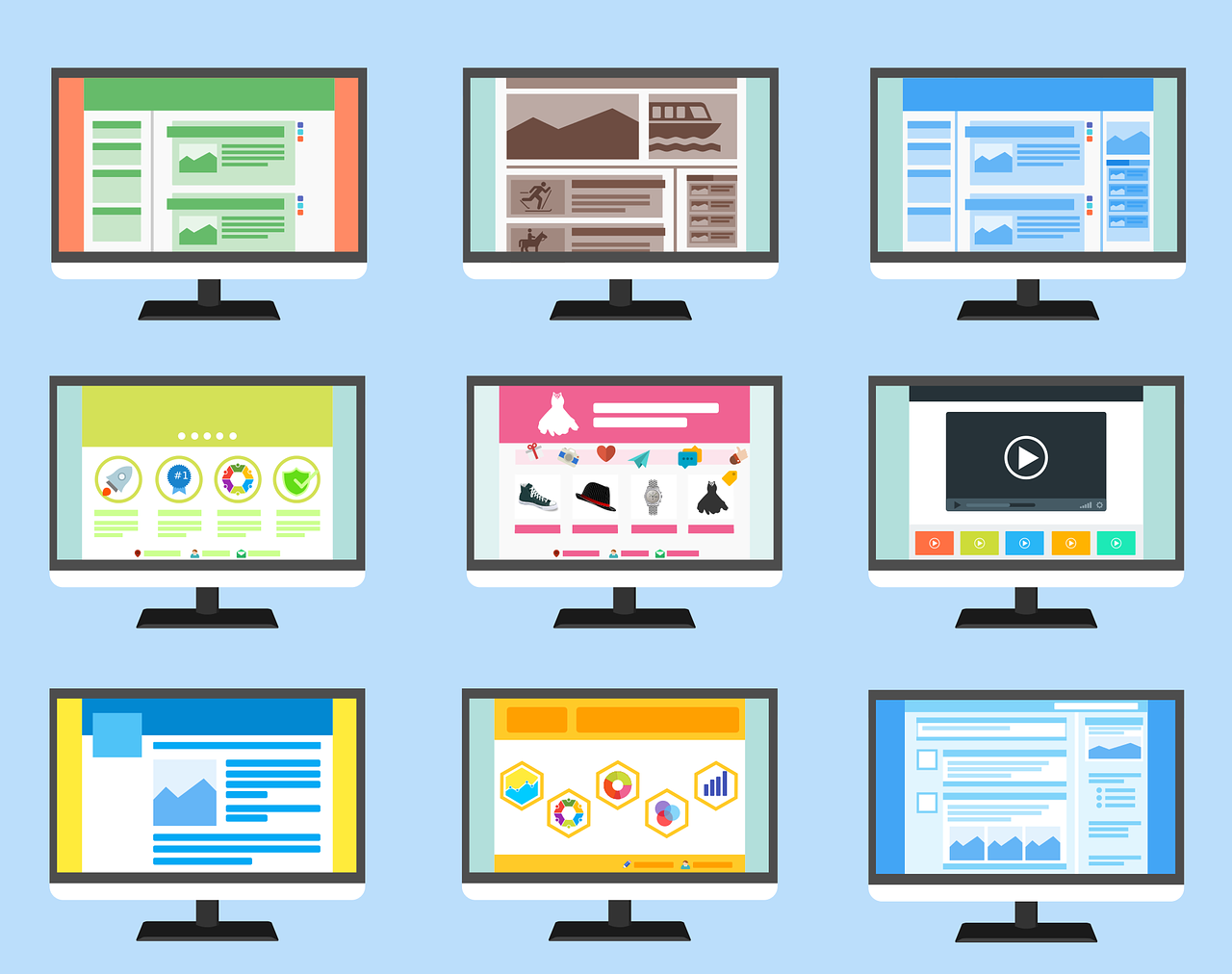With the rise of smartphones and other mobile devices, it’s more important than ever to ensure that your website looks and functions great on a wide variety of screen sizes and resolutions. That’s where responsive web design comes in. In this blog post, we’ll go over some best practices for designing responsive websites that look great and provide a great user experience on all devices.
- Use a flexible grid-based layout: The most important aspect of a responsive design is flexibility. Use a flexible grid-based layout that can adapt to any screen size. This can be accomplished using CSS frameworks such as Bootstrap or Foundation. These frameworks provide pre-built grid systems that can be easily customized to fit your specific design.
- Optimize images and videos: Images and videos can take up a lot of space on a page and slow down page loading times, especially on mobile devices. Optimize images and videos by compressing them and using appropriate file types (such as JPEG for images and H.264 for videos). Also, consider using CSS to hide or replace images and videos on small screens to improve performance.
- Test on a variety of devices: With the wide variety of devices and screen sizes out there, it’s important to test your design on as many devices as possible. Use an online testing tool such as BrowserStack or Sauce Labs to test your design on a wide variety of devices.
- Use media queries: Media queries are a powerful tool for creating a responsive design. They allow you to apply different CSS styles based on the screen size and resolution of the device being used. Use media queries to change the layout and styling of your site based on the screen size.
- Design for touch: With the rise of mobile devices, it’s important to design for touch as well as mouse and keyboard input. Make sure your buttons and links are large enough to be easily tapped and that your site is easy to navigate on a small screen.
- Prioritize content: With smaller screens come less space for content. Make sure the content on your site is prioritized, with the most important content at the top of the page. Also, consider using an accordion-style layout for longer content, where the user can tap to reveal more information.
- Make sure your website is easy to use and navigate: Navigation is key to a great user experience. Make sure your site is easy to navigate, with intuitive and easy-to-use navigation menu. Also, use clear and concise labels for links and buttons.
- Use font size and typography that is easy to read: Legibility is crucial for a great user experience. Choose font sizes that are easy to read on both large and small screens, and make sure the font is easy to read on different screen resolutions. Also, consider using a responsive typography technique where the font size is adjusted based on the screen size.
- Keep the layout simple: A simple layout is easy to navigate and provides a great user experience. Keep the layout simple, with a clear hierarchy of information and an uncluttered design. Avoid using too many elements or effects that might distract the user.
- Use a mobile-first approach: With the rise of mobile devices, it’s important to design for mobile first. This means designing for the smallest screen size first and then progressively enhancing the design for larger screens. This will ensure that your site looks great and provides a great user experience on all devices.
- Make sure your website is accessible: Accessibility is an important aspect of web design. Make sure your site is accessible for users with disabilities by following web accessibility guidelines such as WCAG 2.0. This will ensure that your site is usable for everyone, regardless of ability.
- Use flexible units for measurements: Instead of using fixed units such as pixels, use flexible units such as percentages or ems. This will ensure that your design scales smoothly on different screen sizes.
- Make sure your website is fast: Speed is key to a great user experience. Make sure your site loads quickly by optimizing images and videos, reducing the number of requests and minifying your code. Also, consider using a Content Delivery Network (CDN) to improve the speed of your site.
- Use clear calls to action: Calls to action are an important aspect of web design. Make sure your calls to action are clear and prominent, and consider using different designs for different screen sizes to make them more prominent on mobile devices.
Conclusion
In summary, designing a responsive website requires a lot of consideration, testing, optimization and paying attention to details. By following these best practices and guidelines, you can ensure that your site provides a great user experience on all devices and make sure it looks great on any screen size. Keep in mind that responsive design is an ongoing process that requires constant iteration, testing and optimization. Make sure to always keep an eye on the newest trends and technologies to ensure that your website stays ahead of the curve.

